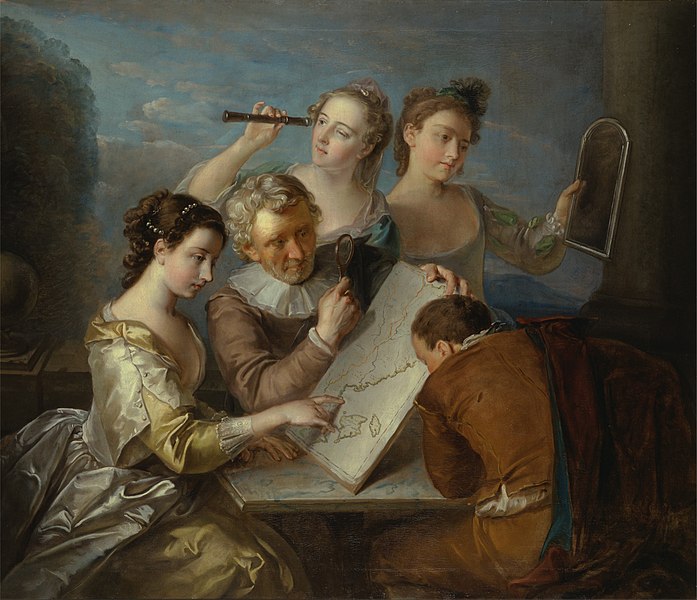Years ago, in the midst of darkness on the night before Good Friday, the solemn and sobering office of Tenebrae would be celebrated in the heart of Vatican City, the Sistine Chapel. Though normally luminous with the beauty of the murals and mosaics, bright in daylight, now but a few candles stood lonesome, casting little light on the room as most of the scene remained veiled in shadow. As numerous penitential psalms were sung one after the other, the sparse candles would be extinguished one by one. This signified a gradual descent into darkness and sorrow in accordance with the theme of the day: atonement for sin. Most of the service would be chanted in simple melodies, alternating back and forth from one side to the other. The ethereal sound of the pure human voice echoed back and forth across the hard floors.
At the conclusion of the office, the Roman Pontiff, who presided at the ceremony, would kneel while the last candle, the last source of light, was put out. Then would come a moment of utter stillness and waiting. From the midst of this pristine silence, the voices of the choir would break out into singing the awe inspiring Miserere Mei, composed by Allegri. This majestic setting of Psalm 51 pierces the heart with its beauty. The magnificent harmonies sung so organically by these voices would draw the congregation into the depths of contemplation.
Beauty awakens love in my heart.Moments like these move us into a state of wonder, of marveling. Experiences of sublime beauty possess a unique capacity to affect our hearts and open our minds to the truth. Indeed, when I am struck by the beautiful, I am inspired to consider realities of the highest spiritual significance. The aesthetic experience is one of transcendence in which I realize the great value of beauty, its intrinsic worth and splendor. Beauty awakens love in my heart for the true, the beautiful, and the good.
The mysterious splendor of a Van Gogh is irreducible to a feeling I may have.
I think of musical works like Allegri’s Miserere. How mysterious it is that sensible beauty can move us to such spiritual transcendence. The material realm has been given a noble task in conveying to us such enrapturing beauty. May we open our hearts to marvel at the sublime beauty which waits to be discovered.
2. Hildebrand, Aesthetics I (Publication forthcoming, Hildebrand Project) 68.
Video: Allegri's Miserere sung by the Tallis Scholars. (source)
Image: The Sense of Sight by Philip Mercier (c. 1689-1760). 1744-1747. Yale Center for British Art.
(source)




0 comments
Note: Only a member of this blog may post a comment.